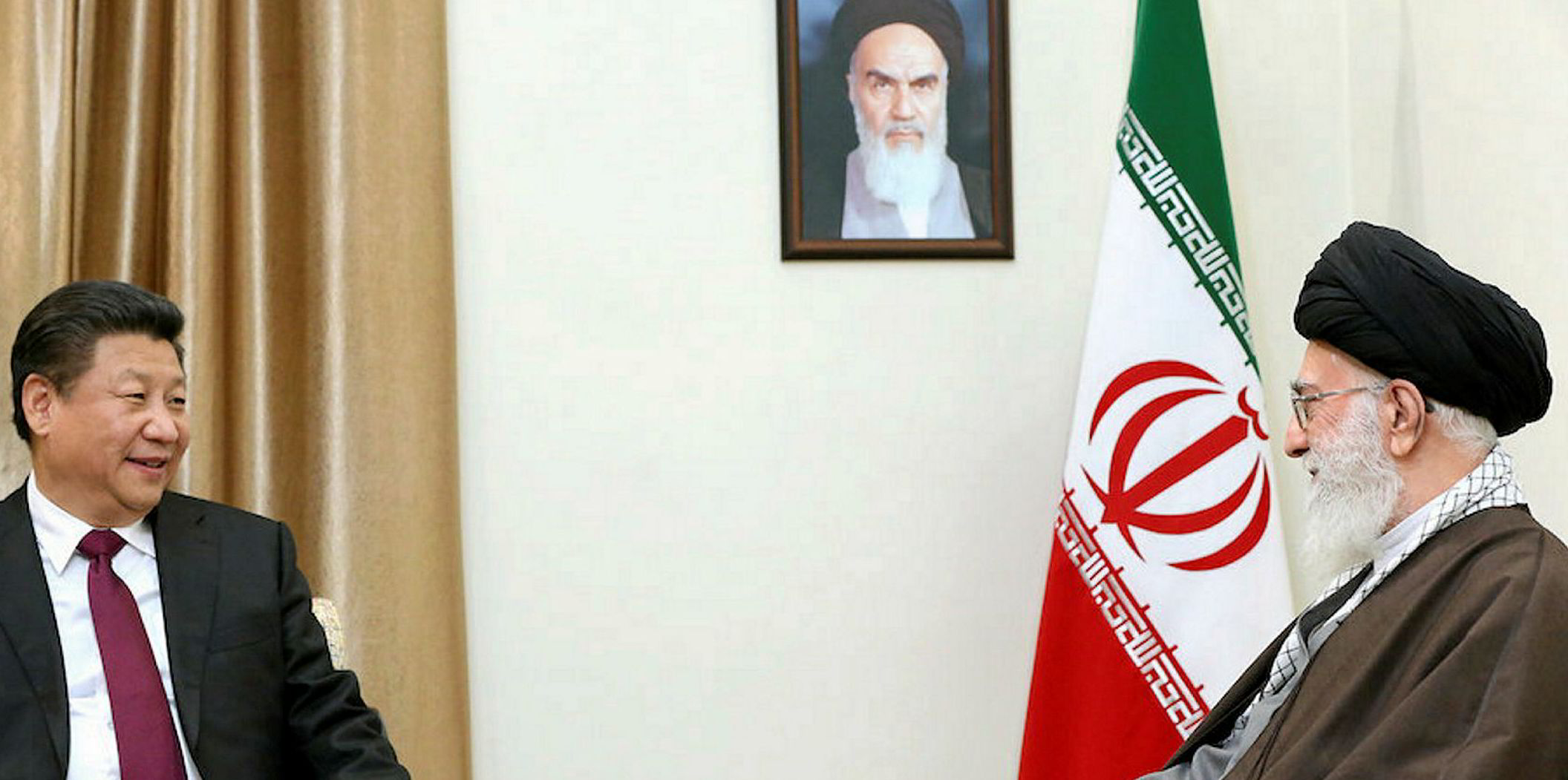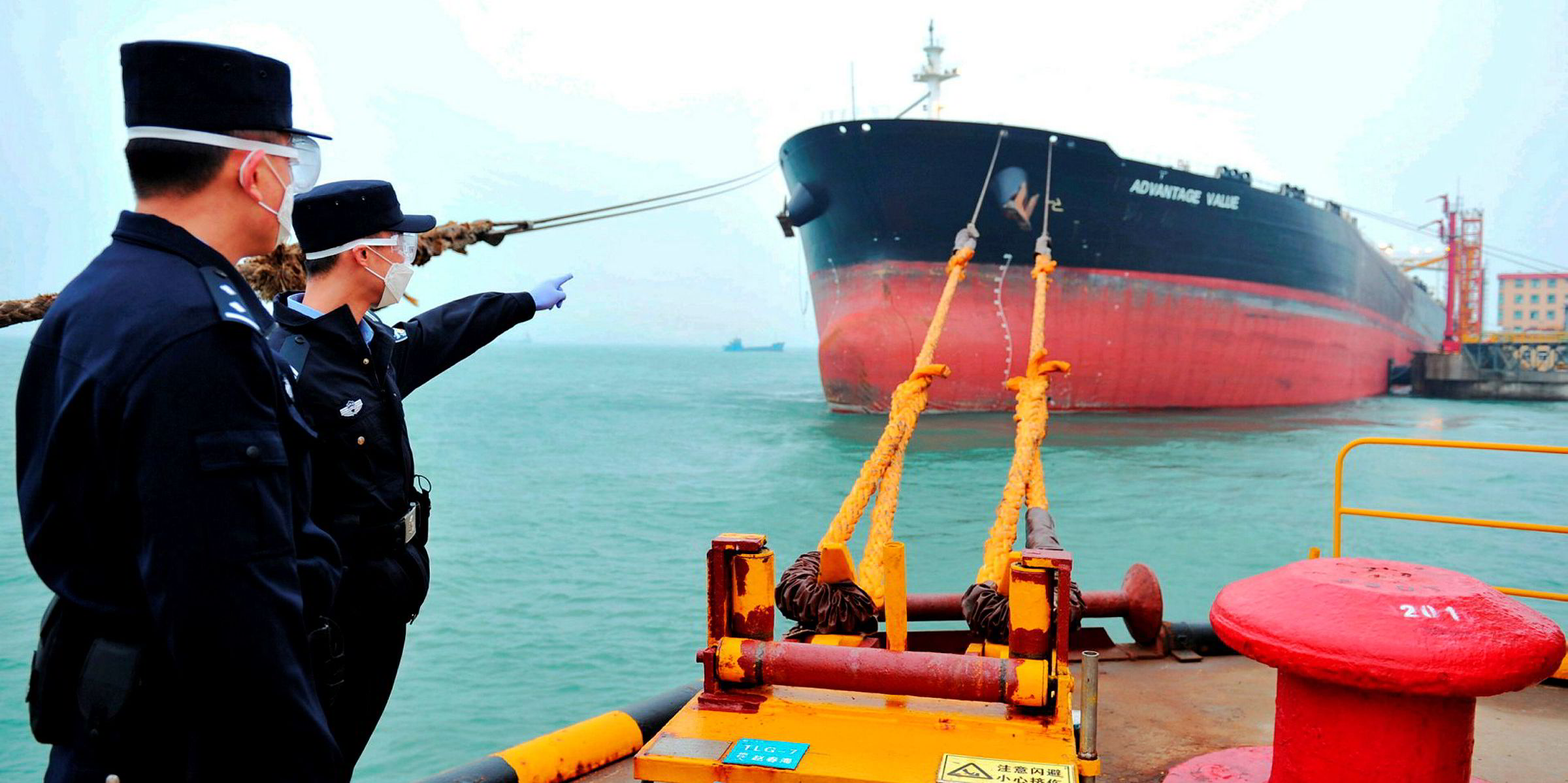Cargo data providers suggest China’s crude imports from the US are reaching an all-time high this month despite the continued deterioration of bilateral relations.
The world’s largest oil importer is set to receive 1.07m barrels per day (bpd) of US crude in July, more than doubled from the previous record of 448,000 bpd in June 2018, data from Kpler shows.
Vortexa estimates total July arrivals of US crude in China will exceed 25m barrels, much more than the aggregated amount during the first half of 2020.
The US-China crude trade usually generates VLCC demand on deepsea routes and enhance aframax usage during reverse lightering in the Gulf region.
“It's driven by arbitrage economics. When the economics are there the barrels move, as long as there is enough reassurance on the geopolitical side,” Vortexa’s lead market analyst Will Holeman said in a webinar on Tuesday.
“But you can't talk about the trade without dealing with the geopolitical forces.”
As part of the so-called Phase-1 deal signed by the two countries in mid-January, Beijing has halved the import tariff on US crude to 2.5% since 14 February.
China has also promised to hike its purchases of US energy products by $18.5bn in 2020 and $33.9bn in 2021 from a 2017 baseline.
But many observers believe the deal is hanging in balance, with low oil prices and tension between two countries.
Since the beginning of the year, US and China have locked horns over the coronavirus pandemic and a controversial security law in Hong Kong, among other issues.
This week, the US announced its formal opposition to some Chinese territorial claims in the South China Sea amid an escalating regional row.
Chinese bargain hunters
Analysts suggested the high volume seen in July was because Chinese firms took advantage of cheap crude after Russia and the Opec launched a price war.
Most US crude cargoes arriving in China this month were lifted from the US in May. They were believed to be procured in April, when average West Texas Intermediate (WTI) crude prices hit their lowest this century.
“We had a considerable drop in crude benchmarks across the globe. Specifically, WTI plummeted in price,” Votexa product specialist Conor Stone said.
“It was very advantageous for China to take…some opportunistic barrels from the US market, be it for their refinery runs or for storage purposes.”
Less trade ahead
But Chinese companies have reduced their overall crude purchases from overseas suppliers, as oil prices recover after Russia and the Opec decided to call off their price war.
The Energy Information Administration (EIA) has forecast US crude production will slide to 11.1m bpd in the fourth quarter from 11.4m bpd in the second, with the current price level not yet sufficient to trigger a recovery in shale output.
However, US refinery runs are expected to increase as the EIA expects national consumption of liquid fuels to rise to 19.2m bpd from 16.1m bpd in the same timespan.
“That balance of US crude for exports is likely to tighten,” said Stone. “Which will mean that there is less available for the Asian market.”
Stone added that weak tankers rates could prompt some shipments from the US to China occasionally, with freight markets facing increasing supply amid the destocking of floating storage.
The Baltic Exchange assessed the VLCC rate on the US-China route at $6.49m on a lumpsum basis, compared with the 2020 high of $19.7m on 1 April.
“US-China trade for the crude market is primarily opportunistic. So if you have this depressed freight rate environment, you may see some arbitrage open up should the crude differentials play in that favour,” Stone said.
“But ultimately, we expect volumes going forward to remain range-bound” at lower levels after the July peak, he added.







